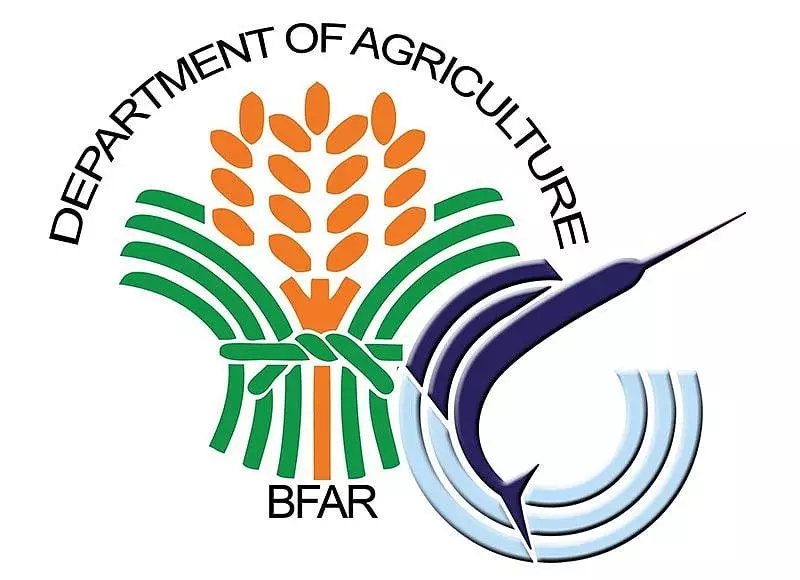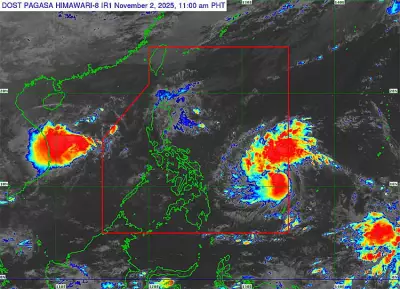
The Bureau of Fisheries and Aquatic Resources (BFAR) has issued a critical public health warning urging fishermen and consumers to avoid certain coastal waters in Negros Oriental due to a dangerous red tide phenomenon.
Affected Areas and Immediate Restrictions
According to the latest laboratory results, coastal waters in Dauin, Negros Oriental have tested positive for paralytic shellfish poison that exceeds regulatory limits. This toxic algae bloom poses significant health risks to anyone consuming seafood from these contaminated waters.
BFAR specifically advises the public to:
- Refrain from gathering, selling, or consuming all types of shellfish from Dauin waters
- Avoid fishing activities in the affected areas until further notice
- Be cautious when purchasing shellfish from unknown sources
Understanding the Red Tide Threat
Red tide, scientifically known as harmful algal bloom, occurs when colonies of algae grow out of control while producing toxic effects on marine life and humans. The current outbreak in Negros Oriental can cause paralytic shellfish poisoning (PSP), which affects the nervous system and can be fatal in severe cases.
Common symptoms of PSP include:
- Tingling sensations in lips and tongue
- Numbness in face and extremities
- Difficulty breathing
- Muscle paralysis
- In extreme cases, respiratory failure
Safe Alternatives and Continued Monitoring
While shellfish from Dauin are currently hazardous, BFAR confirms that fish, squid, shrimp, and crab remain safe to eat when fresh and thoroughly cleaned. Proper preparation includes removing gills and internal organs before cooking.
The government agency continues to monitor the situation closely through regular water sampling and laboratory testing. Fisherfolk and coastal communities are encouraged to report any unusual fish kills or discolored water to local authorities immediately.
This warning remains in effect until BFAR issues an official clearance confirming that toxin levels have returned to safe limits. The public is advised to stay updated through official BFAR channels and local government announcements.





